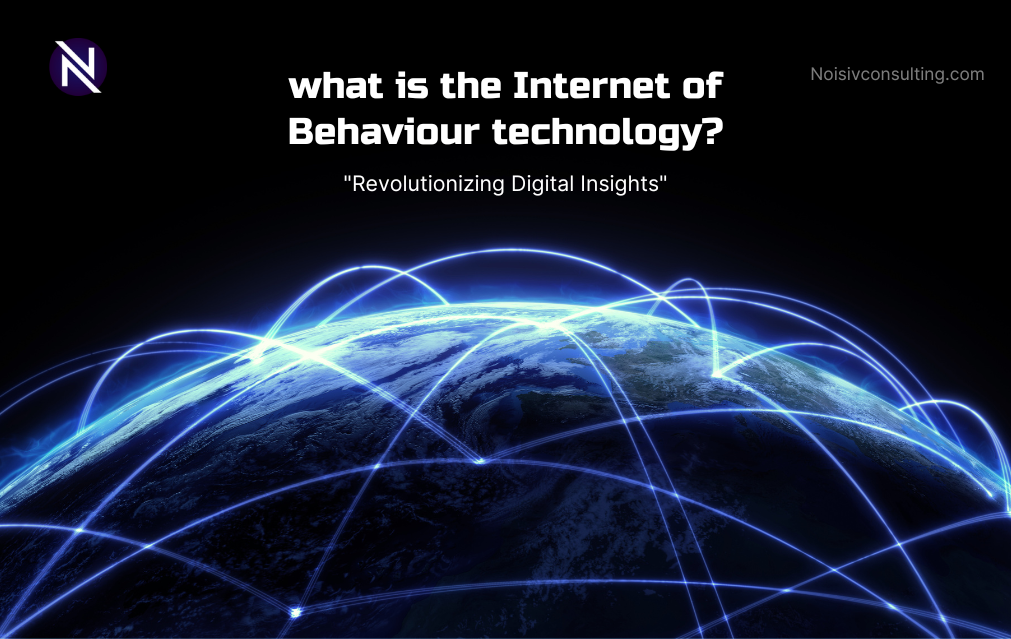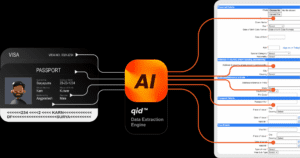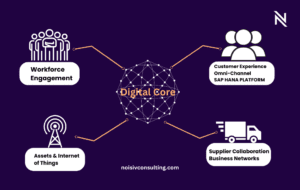Unveiling the Power of Internet of Behavior (IoB) Technology: Revolutionizing Digital Insights
In today’s digital age, the interconnectivity of technology has led to the emergence of groundbreaking innovations, reshaping the way we interact with data and the world around us. One such transformative concept making waves in the tech landscape is the Internet of Behavior (IoB). This cutting-edge technology represents a paradigm shift in how organizations gather, analyze, and leverage data to understand and influence human behaviour. Let’s delve deeper into the realm of IoB and explore its profound implications.
Understanding the Internet of Behavior (IoB)
At its core, the Internet of Behavior revolves around the collection and analysis of data related to individuals’ behaviours, preferences, and interactions. It encompasses a spectrum of technologies, including data analytics, artificial intelligence (AI), machine learning, biometrics, and the Internet of Things (IoT). By harnessing these tools, IoB enables organizations to gain unprecedented insights into consumer behaviour, societal trends, and market dynamics.
Key Components of IoB Technology
- Data Collection: IoB relies on a vast array of data sources to capture insights into human behaviour. These may include digital footprints, social media activity, location tracking, biometric data, online transactions, and more. Advanced sensors and IoT devices play a pivotal role in collecting real-time data streams from various touchpoints.
- Data Analytics: Once data is collected, sophisticated analytics tools are employed to process and analyze it. AI algorithms and machine learning models sift through massive datasets to identify patterns, correlations, and trends. This analytical prowess enables organizations to derive actionable insights and make data-driven decisions.
- Behavioural Profiling: IoB technology enables the creation of detailed behavioural profiles for individuals and groups. By aggregating data points and understanding behavioural patterns, organizations can develop comprehensive profiles that capture preferences, tendencies, interests, and predispositions.
- Predictive Modeling: Leveraging predictive analytics, IoB can forecast future behaviour based on historical data and behavioural patterns. By extrapolating insights from past actions, organizations can anticipate consumer needs, predict market trends, and tailor offerings to meet evolving demands.
Applications of IoB Technology
The applications of Internet of Behavior technology span across diverse sectors, offering myriad opportunities for innovation and optimization:
- Marketing and Advertising: IoB enables marketers to personalize campaigns, deliver targeted advertisements, and optimize customer experiences based on individual preferences and behaviours. By understanding consumer habits and motivations, businesses can enhance engagement and drive conversion rates.
- Retail and eCommerce: In the retail sector, IoB facilitates dynamic pricing strategies, inventory management, and personalized recommendations. By analyzing shopping behaviour and preferences, retailers can optimize product offerings, streamline operations, and enhance customer satisfaction.
- Healthcare and Wellness: IoB has transformative potential in healthcare, enabling remote patient monitoring, personalized treatment plans, and predictive healthcare analytics. By leveraging biometric data and IoT devices, healthcare providers can deliver proactive care, improve patient outcomes, and reduce healthcare costs.
- Smart Cities and Urban Planning: In urban environments, IoB technology can optimize city infrastructure, enhance public services, and improve quality of life. By analyzing data from IoT sensors, traffic cameras, and social media, city planners can alleviate traffic congestion, reduce energy consumption, and enhance public safety.
- Financial Services: In the financial sector, IoB facilitates fraud detection, risk assessment, and personalized financial services. By analyzing transactional data and behavioural patterns, financial institutions can identify suspicious activities, tailor product offerings, and enhance customer trust.
Challenges and Considerations
While IoB holds immense promise, it also raises important ethical, privacy, and security considerations. The collection and analysis of sensitive Behavioural data raise concerns about privacy infringement, data security, and consent. To address these challenges, organizations must prioritize transparency, accountability, and data protection measures.
In conclusion, the Internet of Behavior represents a transformative frontier in the digital landscape, unlocking unprecedented insights into human behaviour and driving innovation across industries. By harnessing the power of IoB technology responsibly and ethically, organizations can unlock new opportunities for growth, efficiency, and societal impact.
Through the convergence of data analytics, AI, and IoT, the era of IoB promises to revolutionize how we understand, interact with, and shape the world around us. As we navigate this evolving technological landscape, it’s essential to uphold principles of ethics, transparency, and human-centric design to realize the full potential of the Internet of Behavior technology.








